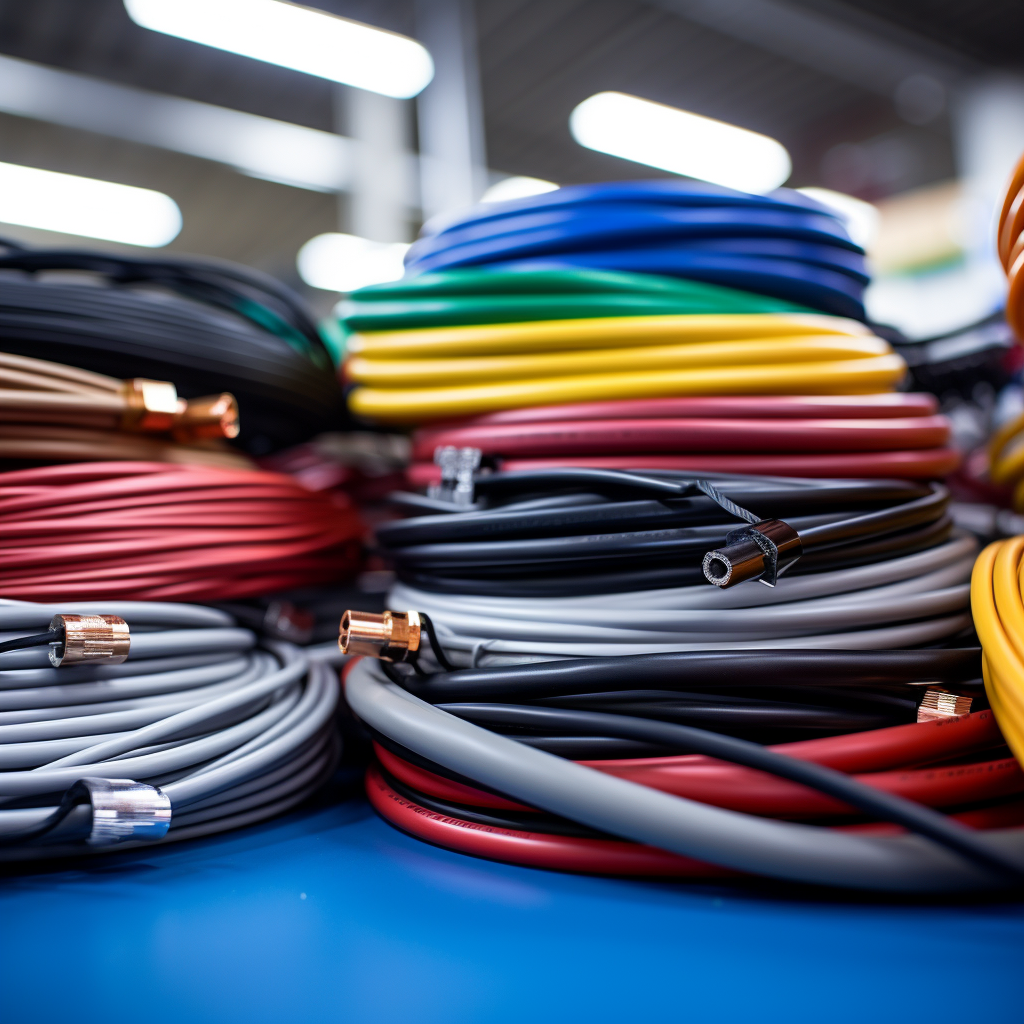Introduction
Choosing the appropriate wire and cable for any project is crucial for ensuring safety, efficiency, and performance. Whether you’re a seasoned engineer or a DIY enthusiast, understanding the key factors in selecting the right wire and cable is essential. This blog post aims to guide you through this important process with practical advice and expert insights.
1. Understanding Wire and Cable Specifications:
Before diving into your project, familiarize yourself with wire and cable specifications. This includes understanding wire gauge (thickness), insulation type, voltage rating, and current-carrying capacity. Each specification is critical in determining the suitability of a wire or cable for your specific application.
2. Assessing Environmental Conditions:
The environment in which the wire or cable will operate greatly influences your choice. Consider factors such as temperature, moisture, chemical exposure, and UV radiation. For harsh environments, opt for wires and cables with robust insulation and protective jackets.
3. Determining Electrical Requirements:
Evaluate the electrical demands of your project. This involves considering the voltage requirements and current load. Selecting a wire or cable with an inadequate current rating can lead to overheating and potential failure, so always ensure the chosen product meets or exceeds your project’s electrical needs.
4. Flexibility and Durability Needs:
Depending on your project, the flexibility and durability of the wire or cable can be paramount. For applications involving movement or bending, like in robotics or automotive, opt for more flexible cables. For stationary installations, durability might be more important.
5. Compliance with Standards and Regulations:
Ensure that the wire and cable you select comply with industry standards and safety regulations. This is especially crucial in commercial and industrial applications. Compliance not only ensures safety but also guarantees that your project adheres to legal requirements.
6. Considering Future Needs and Scalability:
Think about the future requirements of your project. It’s often wise to choose wire and cable that can accommodate potential upgrades or increased loads. This forward-thinking approach can save time, effort, and resources in the long run.
7. Seeking Expert Advice:
When in doubt, consult with a professional. Manufacturers and suppliers can provide valuable insights into the best types of wire and cable for your specific project. Their expertise can be a crucial resource in making an informed decision.
Conclusion
Selecting the right wire and cable is a nuanced process that requires careful consideration of various factors. By understanding your project’s specific needs and consulting with experts when necessary, you can ensure that you make the best choice for safety, performance, and efficiency.If you need custom wiring harness or cable assemblies, feel free to contact WiringLabs.
